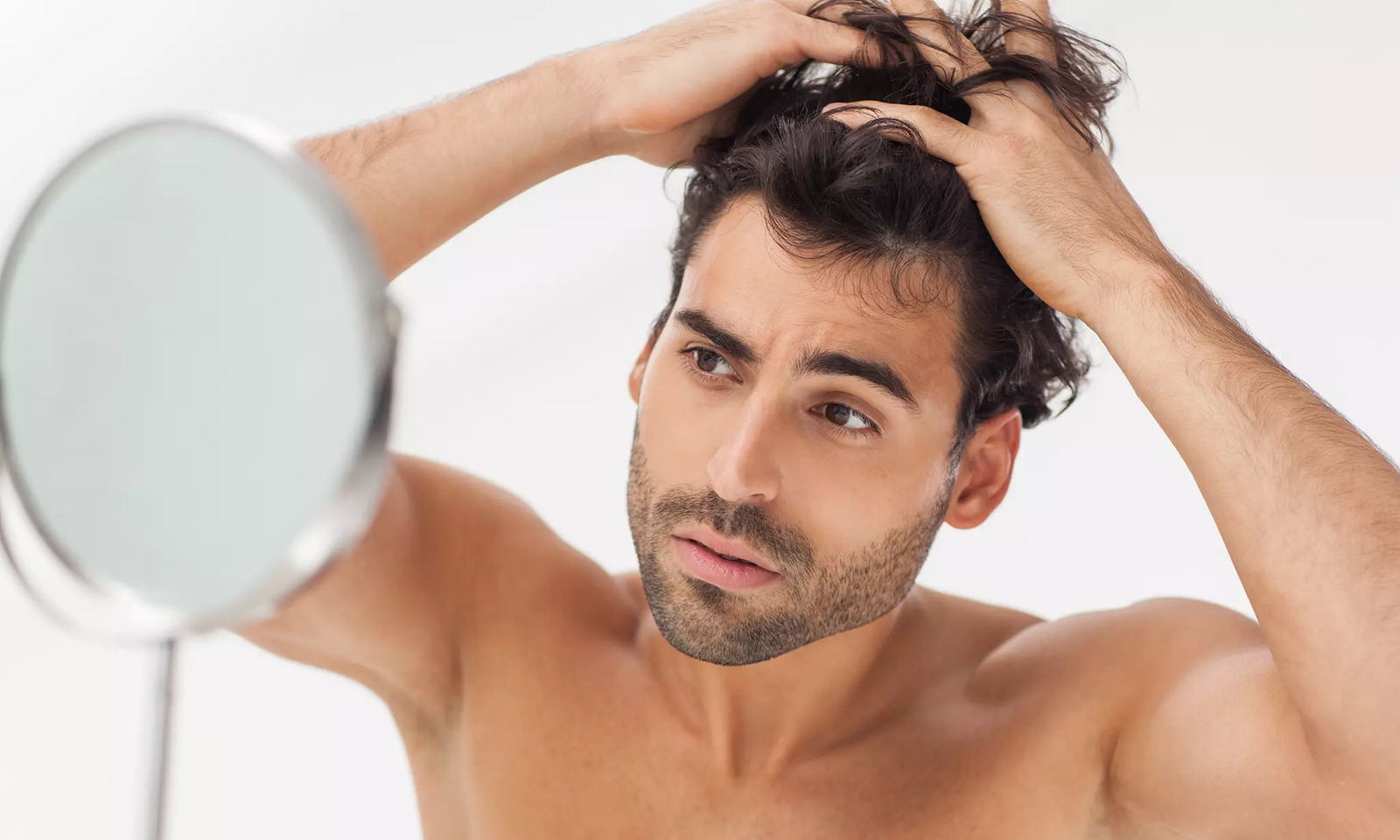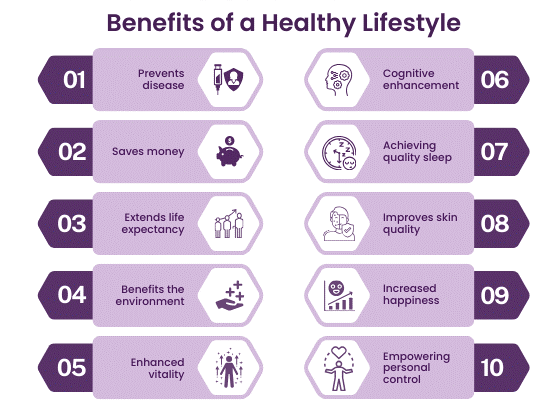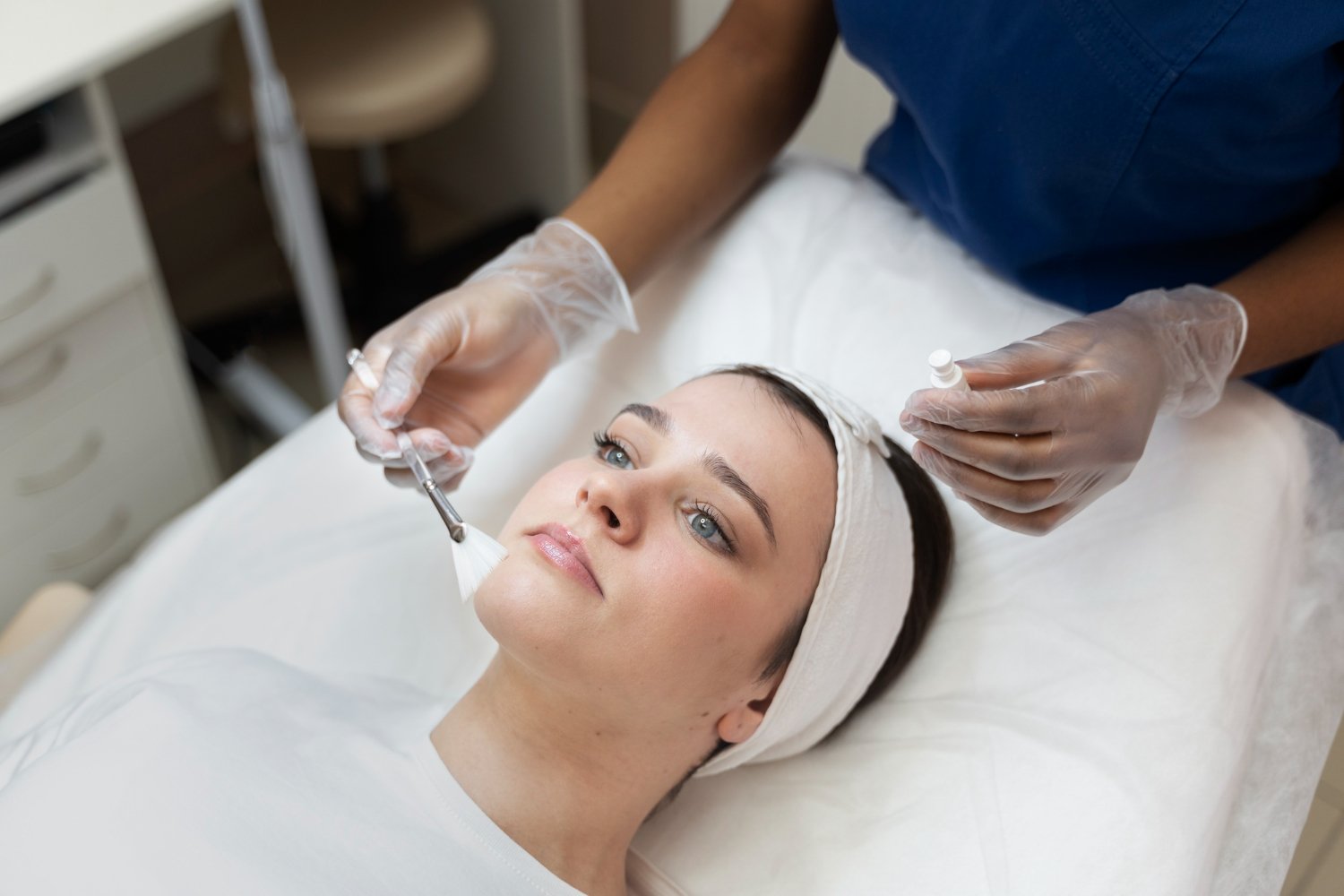PRP Hair Treatment is gaining popularity as a natural and effective solution for hair loss. It involves using a patient’s platelet-rich plasma to stimulate hair growth and improve hair density. Many people wonder about the ideal age to undergo PRP therapy to achieve optimal results. While PRP Hair Treatment in Dubai is generally safe for adults of different ages, certain factors determine its effectiveness based on an individual’s hair condition and stage of hair loss.
Understanding PRP Hair Treatment
Platelet-rich plasma (PRP) therapy is a regenerative procedure that utilizes the healing properties of platelets found in the blood. It is widely used for hair restoration by injecting PRP into the scalp to promote follicle regeneration. The treatment enhances blood circulation and provides essential growth factors to stimulate dormant hair follicles. Since PRP uses the patient’s blood components, it minimizes the risk of allergic reactions or complications.
The Best Age for PRP Therapy
The ideal age for PRP therapy depends on the cause of hair loss, hair follicle condition, and overall scalp health. PRP can be effective for individuals in different age groups, but its impact varies. Young adults in their 20s and 30s experiencing early hair thinning may respond well, as their hair follicles are still active. Middle-aged individuals in their 40s and 50s can also benefit, though results may take longer due to decreased follicular activity.
| Age Group | Effectiveness of PRP | Recommended Treatment Frequency |
|---|---|---|
| 20-30 years | High, due to active follicles | Every 4-6 weeks for 3-4 sessions |
| 30-40 years | Moderate to high | Every 4-6 weeks for 4-6 sessions |
| 40-50 years | Moderate | Every 4-6 weeks for 6-8 sessions |
| 50+ years | Variable, depends on follicle health | May require additional maintenance sessions |
Factors That Influence PRP Results Based on Age
Several factors affect the outcome of PRP therapy at different ages:
- Hair Follicle Viability: Younger individuals tend to have healthier follicles that respond better to PRP.
- Hormonal Influence: Changes in hormone levels, such as testosterone and estrogen fluctuations, can impact hair regrowth.
- Lifestyle and Diet: Nutritional intake and overall health significantly affect hair restoration outcomes.
- Existing Hair Condition: PRP works best when there are still active hair follicles present, making early treatment crucial.
Can PRP Prevent Hair Loss in Young Adults?
PRP therapy can be beneficial for young adults experiencing the initial stages of hair thinning. Early intervention helps maintain follicle health and delays further hair loss progression. Dermatologists often recommend PRP as a preventive approach when hair loss patterns become noticeable.
| Early Signs of Hair Thinning | PRP as a Preventive Measure |
| Receding hairline | Strengthens hair follicles |
| Increased hair shedding | Reduces excessive hair fall |
| Thinning crown area | Stimulates new hair growth |
| Weak hair texture | Enhances hair thickness and strength |
Is PRP Effective for Older Adults?
PRP treatment can still be effective for older adults, but results may vary. Individuals over 50 may experience slower hair regrowth due to age-related follicular decline. However, if hair follicles remain viable, PRP can improve hair density and texture. Combining PRP with other hair restoration methods, such as topical treatments or medications, can enhance the overall outcome.
PRP Treatment Sessions Based on Age
The frequency and number of PRP sessions required may differ depending on age and hair loss severity. Younger individuals with early-stage hair thinning may need fewer sessions compared to those with advanced hair loss.
- 20s and 30s: Initial treatment of 3-4 sessions, followed by maintenance every 6-12 months.
- 40s and 50s: Initial treatment of 6-8 sessions, with maintenance every 4-6 months.
- 60+ years: Requires assessment of follicular viability before proceeding with treatment.
FAQs:
Is PRP suitable for all age groups?
Yes, PRP is generally safe for adults of all ages, but its effectiveness depends on individual hair follicle health and response to treatment.
Can teenagers undergo PRP therapy?
PRP is typically not recommended for teenagers unless prescribed by a medical professional for specific hair loss conditions.
How soon can results be seen after PRP treatment?
Results vary, but most patients notice improvements in hair texture and density within 3 to 6 months.
Can PRP completely restore bald areas?
PRP works best for individuals with thinning hair rather than complete baldness. It stimulates existing follicles rather than creating new ones.
Does PRP have any side effects?
PRP is generally safe since it uses the patient’s blood, but mild swelling, redness, or slight discomfort at the injection site may occur temporarily.
How often should PRP be repeated?
Most individuals require an initial series of 3-6 sessions, followed by maintenance treatments every 6-12 months, depending on age and hair loss progression.
Conclusion
The best age for PRP treatment varies based on hair follicle health and the extent of hair loss. While younger individuals typically respond faster due to active follicles, older individuals can still benefit from PRP with proper assessment. Early intervention can significantly improve long-term hair health and slow down hair loss. PRP Hair Treatment in Dubai provides a reliable and safe solution for individuals looking to restore their hair naturally. Consulting a professional can help determine the most suitable treatment plan based on individual needs and age-related hair concerns.



